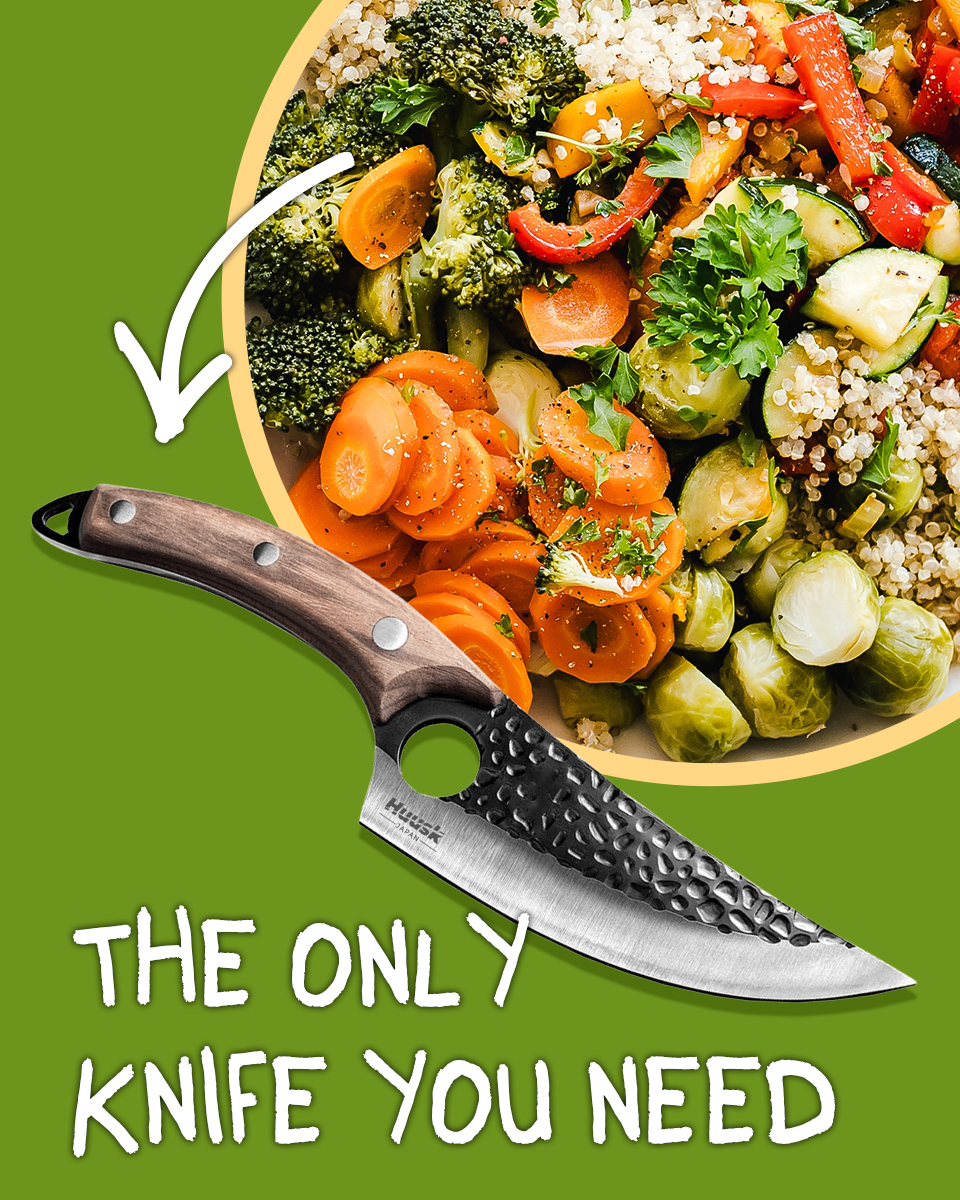Dandelion Candy

I remember the first spring I discovered dandelion candy. My grandmother led me through her backyard, pointing to what I had always considered pesky weeds, and revealed their hidden potential. “These aren’t just weeds,” she insisted with that knowing smile I came to cherish. “They’re little bursts of sunshine we can transform into something magical.”
That afternoon, with yellow-stained fingers and an abundance of laughter, we gathered golden petals and created the most enchanting candy I’d ever tasted. The delicate floral sweetness captured the essence of spring itself. Since then, I’ve refined this recipe countless times, and it remains my favorite way to celebrate spring’s arrival.
Why You’ll Love This Dandelion Candy
Here’s why dandelion candy is special:
- It’s a conversation starter
- Transforms something overlooked into something extraordinary
- Amazes guests with its magical transformation
- Captures spring’s essence in each bite
- Offers a subtle honey-like flavor with floral notes
- Cannot be replicated by commercial candy
- Surprisingly simple to create
- Looks artisanal and tastes gourmet
- Translucent golden drops catch light beautifully
- A feast for both the eyes and the palate
Ingredients for Dandelion Candy
- Dandelion Petals: I always gather these in the morning when they’re fully open. Only the yellow petals are needed—the green parts can add bitterness. These delicate petals contribute a subtle honey-like flavor that makes this candy uniquely springtime.
- Water: Acts as the medium to extract the dandelion’s essence. I use filtered water for the purest flavor, allowing the delicate floral notes to shine through without any competing mineral tastes.
- Granulated Sugar: Creates the candy’s structure and sweetness. I prefer organic cane sugar for its subtle molasses notes that complement the dandelion’s natural flavor profile beautifully.
- Lemon Juice: This bright acidic addition balances the sweetness and helps achieve the perfect setting consistency. I’ve found fresh-squeezed makes a noticeable difference in the candy’s clarity and flavor.
How to Make Dandelion Candy
- Harvest and Prepare the Dandelions: I carefully pluck dandelions from pesticide-free areas, choosing fully opened flowers. Using my fingers, I gently separate the yellow petals from the green base, collecting them in a measuring cup until I have 2 full cups of vibrant petals.
- Make the Dandelion Infusion: In a medium saucepan, I combine the clean petals with 2 cups of water, bringing them to a gentle simmer. The water gradually takes on a beautiful golden hue as it extracts the flower’s essence. After 10 minutes, I remove from heat and let steep for 30 minutes, allowing the petals to release their delicate flavor.
- Strain the Mixture: I pour the infusion through a fine-mesh sieve into a clean saucepan, gently pressing the petals to extract every drop of that precious dandelion-infused water. The resulting liquid should be a clear golden color.
- Create the Candy Syrup: To the strained liquid, I add 2 cups of sugar and 2 tablespoons of lemon juice, stirring over medium heat until the sugar completely dissolves. Then I increase the heat to bring the mixture to a boil without stirring.
- Cook to Hard Crack Stage: This is where patience becomes crucial. I watch as the mixture bubbles and transforms, cooking until it reaches the hard crack stage (300-310°F on a candy thermometer). The syrup’s color deepens to amber, releasing a sweet aroma that fills my kitchen with the essence of spring.
- Form the Candies: Working quickly before the mixture cools, I carefully drop small spoonfuls onto a parchment-lined baking sheet. For molded candies, I pour the hot syrup into lightly oiled candy molds. The transformation from liquid to solid happens almost magically.
- Cool and Store: I allow the candies to cool completely, which typically takes about 30 minutes. When they’ve hardened to a perfect glassy finish, I gently remove them from the parchment paper or molds.
Expert Cooking Tips
- Test for Readiness: I drop a small amount of syrup into cold water—when it forms brittle threads that crack, it’s ready. This prevents undercooked, sticky candy that never quite sets.
- Weather Matters: I avoid making candy on humid days as moisture in the air can prevent proper setting. If you’re like me and live in a humid climate, air conditioning helps create the ideal environment.
- Prevent Crystallization: I brush the sides of the pan with water using a pastry brush to dissolve sugar crystals that might form. This one step ensures a smooth, glass-like texture.
- Watch Closely at the End: I’ve learned that candy can go from perfect to burnt in seconds. The moment it reaches that amber color, I’m ready to remove it from heat immediately.
- Use a Heavy-Bottomed Pan: This distributes heat evenly and prevents scorching. I ruined my first batch with a thin pan and never made that mistake again!
Proper Storage
- Airtight Container: I store these delicate treats in a glass jar with a tight-fitting lid, separating layers with parchment paper to prevent sticking.
- Cool, Dry Place: Humidity is the enemy of hard candy. I keep mine in the pantry away from heat and moisture for up to 2 months.
- Avoid Refrigeration: I never refrigerate these candies as the moisture can make them sticky. Room temperature storage maintains their perfect glassy texture.
- Freezing Option: For longer storage, I’ve successfully frozen them in airtight containers for up to 6 months with minimal texture changes.
Variations and Substitutions
- Honey Dandelion Drops: I sometimes substitute half the sugar with local honey, which intensifies the natural honey notes already present in dandelion petals. This creates a more complex, aromatic candy with amber tones.
- Herbal Infusions: I’ve experimented by adding a sprig of lavender or mint to the dandelion steeping process. The lavender creates a soothing floral blend, while mint offers a refreshing contrast to the dandelion’s sweetness.
- Citrus Twist: For a brighter flavor profile, I occasionally add 1 teaspoon of orange or lime zest to the syrup. The citrus oils release during cooking, creating a vibrant counterpoint to the delicate dandelion flavor.
- Vegan Version: I ensure this recipe stays vegan-friendly by using organic cane sugar. Some refined sugars are processed with bone char, so I recommend checking labels if this is a concern.
What Goes with Dandelion Candy
- Herbal Tea: I serve these candies alongside a cup of chamomile or mint tea. The warm beverage gently melts the candy, releasing its floral notes to complement the herbal infusion.
- Cheese Board: These golden treats add an unexpected sweet element to a sophisticated cheese platter. I particularly love how they pair with mild goat cheese and fresh fruits.
- Spring Desserts: I incorporate crushed dandelion candy as a garnish on lemon tarts or vanilla panna cotta. The candy adds both a decorative touch and delightful textural contrast.
- Gifting Jars: Packaged in small vintage jars with handwritten labels, these candies become thoughtful seasonal gifts that showcase nature’s overlooked bounty.
FAQ
Are all dandelions edible? Yes, true dandelions are entirely edible, but I always harvest from areas free of pesticides and away from roadsides.
Can I use dried dandelion petals? Fresh petals provide the best flavor, but dried work in a pinch—use half the amount and expect a slightly different flavor profile.
Why did my candy turn brown? Cooking too long or at too high heat caramelizes the sugars. I always watch the temperature carefully to maintain that golden hue.
Can I make this without a candy thermometer? The cold water test works well—drop a bit of syrup into cold water; when it forms hard, brittle threads, it’s ready.
How can I prevent stickiness? Cook to the proper temperature (hard crack stage), and avoid making candy on humid days when moisture in the air affects setting.
-
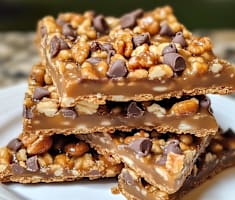
Graham Cracker Toffee
-
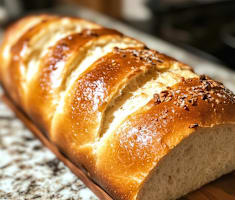
Bread in 10 Minutes: A Simple Recipe That Saved My Dinner Party
-
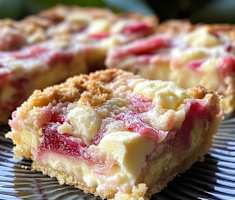
Sweet and Tangy Rhubarb Custard Bars
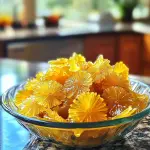
Dandelion Candy
- Total Time: 1 hour 15 minutes
- Yield: 24 candies
The comforting taste of dandelion candy is like capturing spring sunshine in edible form—both rewarding and surprising. I believe the magic lies in transforming something so commonplace into something extraordinary, reminding us that nature’s gifts are often hiding in plain sight, waiting for us to recognize their potential.
Ingredients
- 2 cups fresh dandelion petals (yellow parts only, no green)
- 2 cups water
- 2 cups granulated sugar
- 2 tablespoons lemon juice
Instructions
- Separate yellow petals from green parts of dandelions.
- Simmer petals in water for 10 minutes, then steep for 30 minutes.
- Strain mixture, pressing petals to extract all liquid.
- Add sugar and lemon juice to strained liquid.
- Heat until dissolved, then boil without stirring to hard crack stage (300-310°F).
- Drop spoonfuls onto parchment paper or pour into oiled molds.
- Allow to cool completely before storing in an airtight container.

